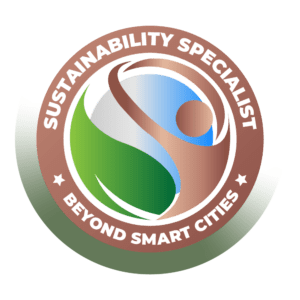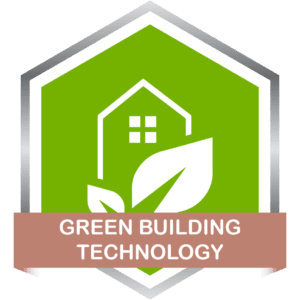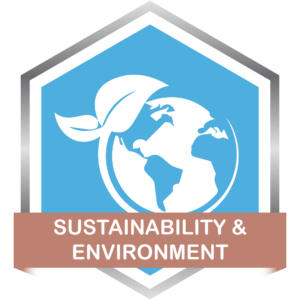Technology for Sustainable Development
The course will go over the technology used for sustainable development. This course covers the goals and tactics for developing a green building. You’ll also learn how various benchmarks, technologies, and standards for green buildings have evolved over time and where they’re going in the future.
Although the construction industry is a major contributor to climate change and global warming, it also has the greatest potential to help. Green buildings seek to reduce their environmental impact on energy, water, transportation, trash, and the inside environment.
This course covers the goals and strategies for developing a green building, as well as the technologies for sustainable development. You’ll also learn how various benchmarks and standards for green buildings have evolved over time and where they’re going in the future.
The Technology for Sustainable Development course was prepared by a sustainability specialist, Krishnaji Pawar.
specialises in developing sustainable design strategies for Green Building Certification Systems (LEED, GSAS, etc.), Energy and Water Conservation, Commissioning, Environmental Impact Assessment, and Environmental Management Systems.
Obtaining and implementing the appropriate technology is one of the most significant obstacles that nations, and particularly developing nations, must overcome in order to achieve sustainable development.
Access to technology is more than merely an issue of financial resources, while this is, to some extent, a dependent element. In many circumstances, legal and institutional frameworks impede the development, import/export, transfer, and application of technology designed to support sustainable development.
Learning Objectives :
- Why Should We Aim for Sustainable Development?
- The Significance of Long-Term Planning and Development
- Usage of Energy-Efficient Appliances and Eco-Friendly Building Designs
- Obtaining Resources in a Responsible Manner
- Technology that Efficiently Use Water
- Technology that Promote a Sustainable Indoor Environment
- Structures That Generate Their Own Power
- Carbon Footprint Measurement & Verification Managed Carbon Footprint Services Managed Energy Services
- Energy Modeling & Building Simulation
- Construction Start-Up Procedures
- The Many Advantages of Ecologically Sound Growth
Other Related courses
The LEED GA Exam Question Bank, along with LEED Green Associate Study Cards, is a valuable tool for green building professionals to create a personalized study plan, ensuring they achieve their professional development objectives while utilizing the 500-question LEED Green Associate Exam Question Bank.
Learning Objectives
- Green Building Terminologies and LEED Certification
- Familiarize yourself with the high-level LEED certification process.
- Understand the reasoning behind questions and answers.
- Recognize strategies for smart selections.
- Understand LEED GA Exam sense.
- Answer situational questions.
- Consider practice tests as part of education.
- Includes LEED Green Associate Study Cards and LEED GA—162+ Key Terminology Flash Cards.
The LEED Green Associate – Exam Question Bank, along with 408 question study cards and 162+ key terminology flash cards, aids green building professionals in creating personalized study plans for professional development.
LEED AP BD+C – Exam Question Bank
LEED AP BD+C Exam Question Bank, a 500-question resource, aids green building professionals in creating a personalized study plan to achieve their professional development goals, enhancing their overall learning experience.
Learning Objectives
- Provides realistic and comprehensive exams.
- Provides explanations for correct answers and incorrect choices.
- Helps identify existing knowledge and areas for improvement.
- Includes documentation references for detailed topic study.
- Allows review of test history for continuous improvement.
- Stores LEED AP BD+C – Exam scores and answers for future review.
- Includes five 500-question practice exams and over 216 key terminology flash cards.
LEED AP O+M – Exam Question Bank
The LEED AP Operations and Maintenance – Exam Question Bank, consisting of 500 questions and 132+ answers, aids green building professionals in creating a personalized study plan to achieve their professional development goals.

Learning Objectives
- Provides realistic and comprehensive exams.
- Provides explanations for correct answers and incorrect choices.
- Helps identify existing knowledge and areas for improvement.
- Includes documentation references for detailed topic study.
- Allows review of test history for continuous improvement.
- Stores LEED AP O+M – Exam scores and answers for future review.
- Includes five 500-question practice exams and over 132+ Questions and Answers Study Cards.



